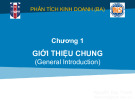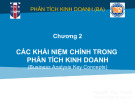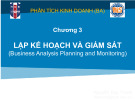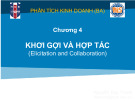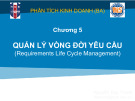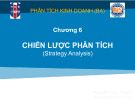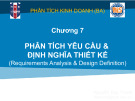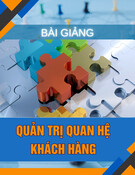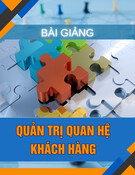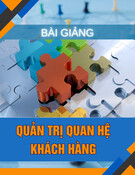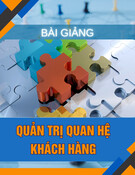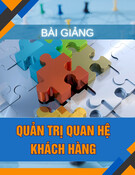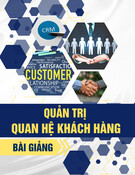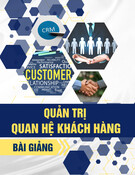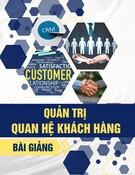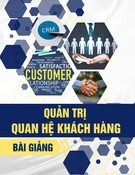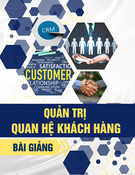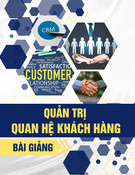
AGENDA
§Business Analysis Core Concept Model™
(BACCM)
§Key Terms
§Requirements Classification Schema
§Stakeholders
§Requirements and Designs
HUB - MIS
(2025)
2

•Business Analysis Core Concept Model™ (BACCM) is a
conceptual framework for the business analysis profession
•Each core concept is an idea fundamental to the practice of
business analysis, and all the concepts are equal and
necessary
•The six core concepts in the BACCM are:
–Change
–Need
–Value
–Solution
–Context
–Stakeholder.
HUB - MIS
(2025)
BUSINESS ANALYSIS CORE CONCEPT MODEL
3
CNVS
CS

Flow of BACCM
HUB - MIS
(2025)
4

Core Concepts in the BACCM (1 of 2)
HUB - MIS
(2025)
Concept Description
Change - The act of transformation in response to a need
- Change works to improve the performance of an
enterprise
- These improvements are deliberate and controlled
through business analysis activities
Need - A problem or opportunity to be addressed
- Needs can cause changes by motivating stakeholders
to act
- Changes can also cause needs by eroding or
enhancing the value delivered by existing solutions
Solution - A specific way of satisfying one or more needs in a
context.
- A solution satisfies a need by resolving a problem faced
by stakeholders or enabling stakeholders to take
advantage of an opportunity…
5






